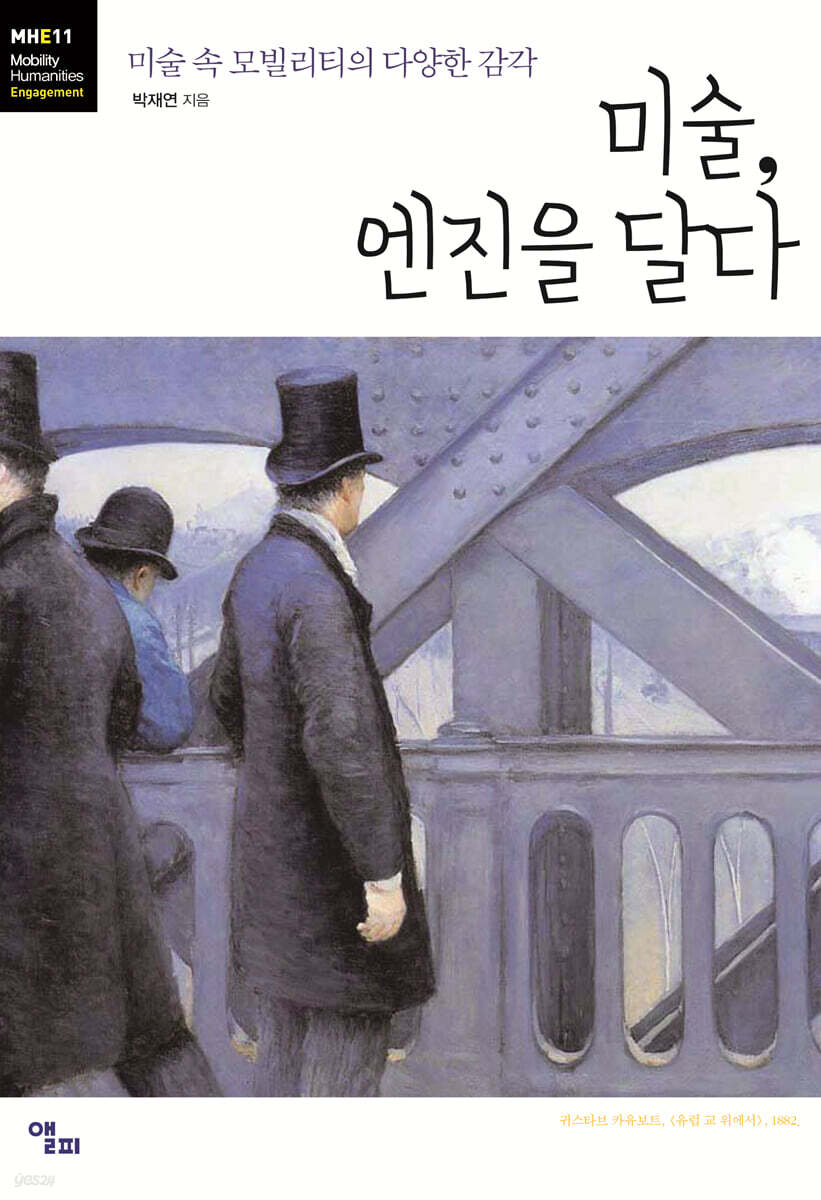Various Senses of Mobility in Fine Art
The 110 Meetings between Mobility and Art
The book uniquely encapsulates the notion of mobility that is represented by each work of art among 110 selected paintings, films, architectures, and installations. The book not only functions as a modern art history indexed by a specific keyword “mobility,” but also works on detecting the history of mobility intermediated through visual works of art. For instance, the book discovers ‘moment’ in Claude Monet’s The Gare St-Lazare where he transforms coincidence and instant into eternity; it discovers ‘freedom’ through automobile reaching a peak during the 1930s, as displayed in the Google banner image honoring the Polish artist Tamara de Lempicka. Readers also encounter the birth of the notion of mobility in the 20th century and its development with the various artistic images placed in the book.
The author selected 20 artists over the past two centuries ranging from William Turner to So Soobin, with the intent of combining painting and mobility in an exciting and complementary manner. She does not simply provide a list of artists who work with the notion of mobility, but rather examines how their visual interpretations of mobility closely interact with the changes of modern society.
The first half, starting with a steam train blowing black smoke, explores the ways in which modern mobility emerged in tandem with the Industrial Revolution, noting the consequent influences they had on modern people’s mentality and way of life. The second half analyzes works of art that concern and criticize the one-sided expansion of mobility, previously taken for granted under the aegis of modernization. Above all, it pays a special attention to the gaps where much discussion of gender, race, cultures and regions has been dismissed in the white, Western male-dominated art history, characterized as the default condition for the discourse of art history. Thus, it is a deliberate selection of some unfamiliar artists, compared to that of the first half, such as Subodh Gupta, Halil Altindere, Adel Abdessemed, Esther Mahlangu, and Osborne Macharia, so that we can endeavor to achieve a more balanced art history.


